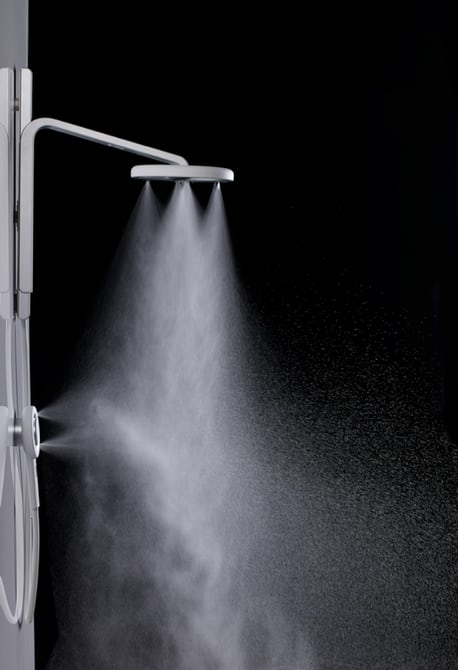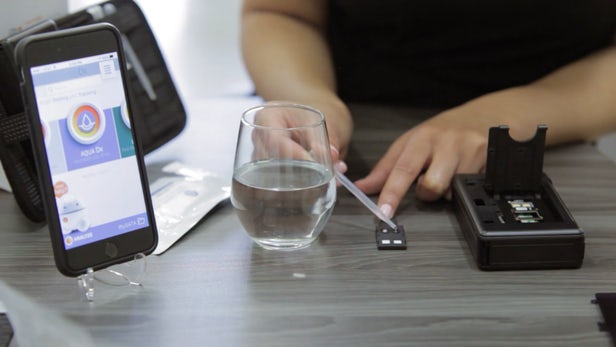New research from the University of Warwick generates fresh insight into how a raindrop or spilt coffee splashes.

When a drop of water falls, it is prevented from spreading smoothly across a surface by a microscopically thin layer of air that it can’t push aside — so instead of wetting the surface, parts of the liquid fly off, and a splash is generated.
Dr James Sprittles from the Mathematics Institute has created a new theory to explain exactly what happens — in the tiny space between a drop of water and a surface — to cause a splash.
When a drop of water falls, it is prevented from spreading smoothly across a surface by a microscopically thin layer of air that it can’t push aside — so instead of wetting the surface, parts of the liquid fly off, and a splash is generated.
A layer of air 1 micron in size — fifty times smaller than the width of a human hair — can obstruct a 1mm drop of water which is one thousand times larger. Read more











